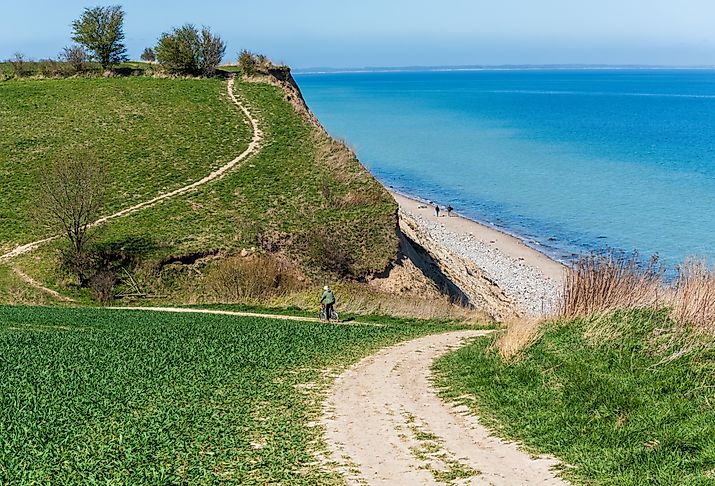Geography Of The World
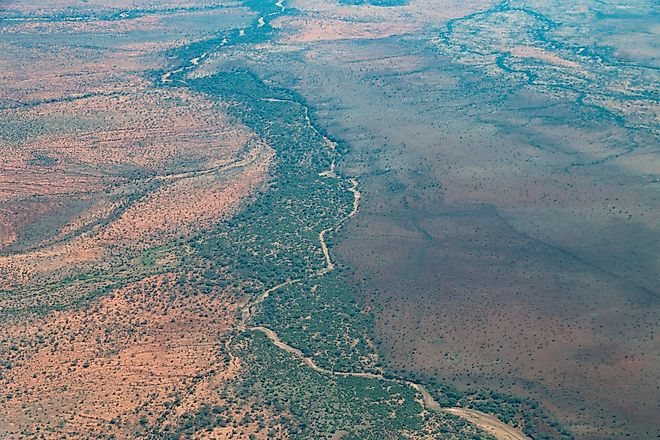
East African Rift
The East African Rift (EAR) is an extensive, intra-continental lowland region that is being slowly split by tectonic activity.
Kuban River
The importance, role, and rich history of this river is a beautiful example of the synergistic relationship between nature and civilization in Eurasia.

Kattegat Bay
The bay forms a bridge between the Baltic and North Seas and is not just a geographical beauty but an area known for its historical and cultural significance.
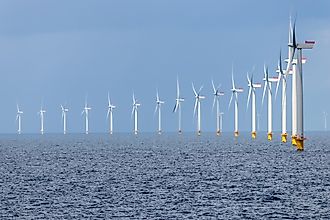
Kennebec River
Maine’s Kennebec Valley is home to cities, riverside towns, and lakeside communities along the shores of the Kennebec River.

Kara Strait
The Kara Strait is a water channel that connects the Kara and Barents Seas in northern Russia. The 35-mile-wide body of water is also known as the Kara Gates.

Brunei Bay
Ancient mangrove forests, millions of years old, still occupy many parts of the brackish mudflats along the shoreline, alongside traditional fishing villages.
Kaduna River
Named after the Hausa word for “crocodiles,” the Kaduna River is a magnificent body of water nestled within Nigeria, spanning more than 500kms.
Where is the Lowest Point in the World?
The Dead Sea, also known as the Sea of Death, Sea of Salt, and Sea of the Arabah, is the world's lowest point on Earth.
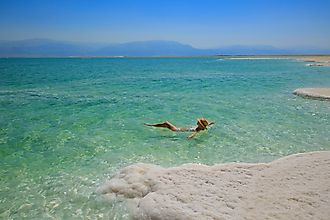

7 Major Tectonic Plates
Below, we will consider what exactly tectonic plates are, where the largest plates can be found on Earth, and how plates interact with each other.

Khatanga Gulf
One such significant gulf is the Khatanga Gulf, located in the southwestern portion of the Laptev Sea on the eastern side of the Taymyr Peninsula.

Kentucky River
The headwaters of the Kentucky River are fed by the runoff of Pine Mountain in southeastern Kentucky, in the Cumberland Plateau region.
Iguazu River
While this gorgeous body of water is known mainly for the majestic Iguazu Falls, it is also one of South America’s most significant rivers.
Tropic of Capricorn
This article discusses what the Tropic of Capricorn is, its history and significance throughout time as well as today.
Cardigan Bay
Cardigan Bay's waters gently spill over onto the Wales coastline, indenting the stretch between Bardsey Island and Strumble Head.
The Highest Point In Every US State
For those who are beckoned ever upwards, why not attempt to stand on the highest point in every state in the United States?
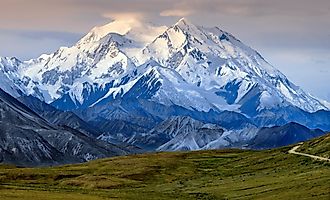
What Is the Atmosphere?
The article explores what the atmosphere is, its function, what it consists of, and its importance for human life through scientific discoveries.
Gulf of San Jorge
The San Jorge Gulf is one of Argentina’s many water bodies that boast unique characteristics and relationships to the country.
Why Is The Sea Salty?
Most of the Ocean's waters are not fresh, meaning it contains high levels of salt and minerals, which can be dangerous to drink. Where did the salt come from?
11 of America's Most Famous Geysers
A geyser, because of its order and disorder, is in a special wonder of nature. Discover 11 of America’s most famous geysers.

11 Most Beautiful Lakes In South Carolina
Among its array of natural destinations, one of the state's highlights in South Carolina is its abundance of beautiful lakes!

Great Bitter Lake
Great Bitter Lake is an expansive saline lake forming a part of the Suez Canal in Egypt, located in Egypt’s Ismailia Governorate.

The Geoscheme of the United Nations
Dive into the UN Geoscheme, its impact on geopolitics, economics, and how it compares to other global classification systems.

Baydaratskaya Bay
Baydaratskaya Bay is a large, shallow, semi-enclosed bay situated in Northern Russia at the Kara Sea’s southwestern portion.
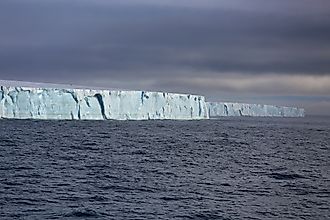
Gulf of Tonkin
The Gulf of Tonkin is a crescent-shaped, shallow, semi-enclosed water body situated off South China and Northern Vietnam.

Ems River
The Ems is a 225.2-mile-long river that flows through the North Rhine-Westphalia, and Lower Saxony states in the northwestern portion of Germany.

Guadiana River
The 508-mile-long Guadiana River is the Iberian Peninsula’s fourth-longest river that defines a long stretch of the boundary between Spain and Portugal.
The Different Types Of Caves And Cave Systems
A cave refers to a natural opening in the ground that extends beyond the zone of light and has a height and width that allows the entry of at least a single person by crawling.
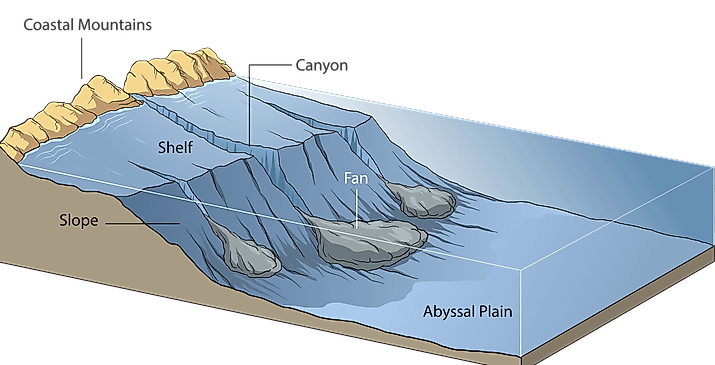
What Are Continental Shelves?
While continental shelves are considered a province of the ocean, they are not part of the deep ocean but considered the enveloped margins of the continent.
US States By Population
California, Texas, and Florida are the three most populated states, accounting for over a quarter of the total US population. While Wyoming and Vermont are the least populated state
How Do Plateaus Form?
A plateau is defined as an expansive flat highland that is elevated sharply above the adjacent land area on at least one side.

Utah's Popular Soda-Pop Geyser
Eastern Utah's Crystal Geyser, aka the "Soda Pop Geyser," is a partially human-made phenomenon that draws school field trips and casual road-trip tourists.

Ozark Mountains
Also known as the Ozark Highlands, the Ozarks are a thickly forested group of highlands in the United States' south-central portion.

Where Is The World's Largest Plateau?
With an average elevation of more than 14,800 feet and covering 970,000 square miles, the Tibetan Plateau is the highest and largest plateau in the world.

What Are The Different Types Of Plateaus?
Several processes, like the movement of tectonic plates, volcanic magma upwelling, and erosion by water and glaciers, form plateaus over millions of years.

